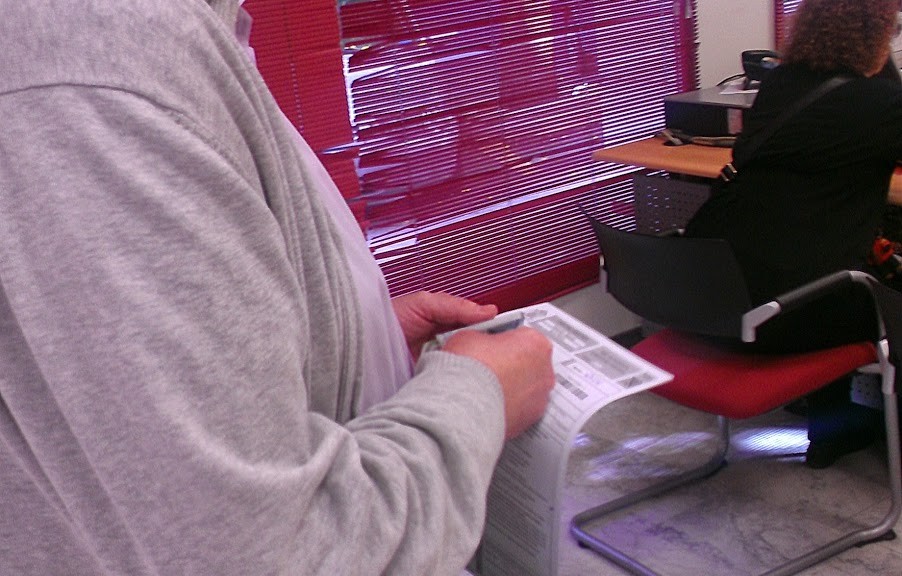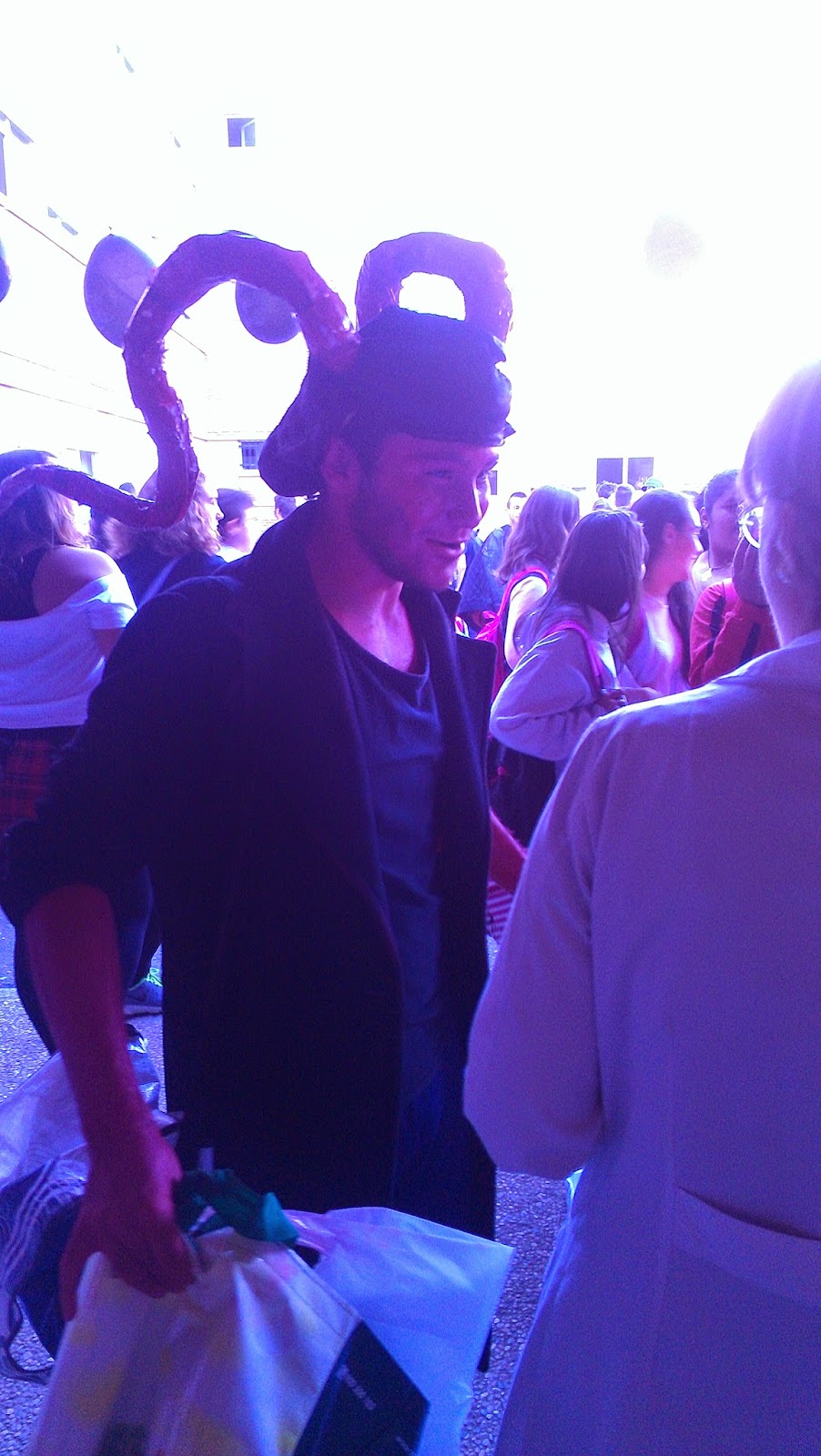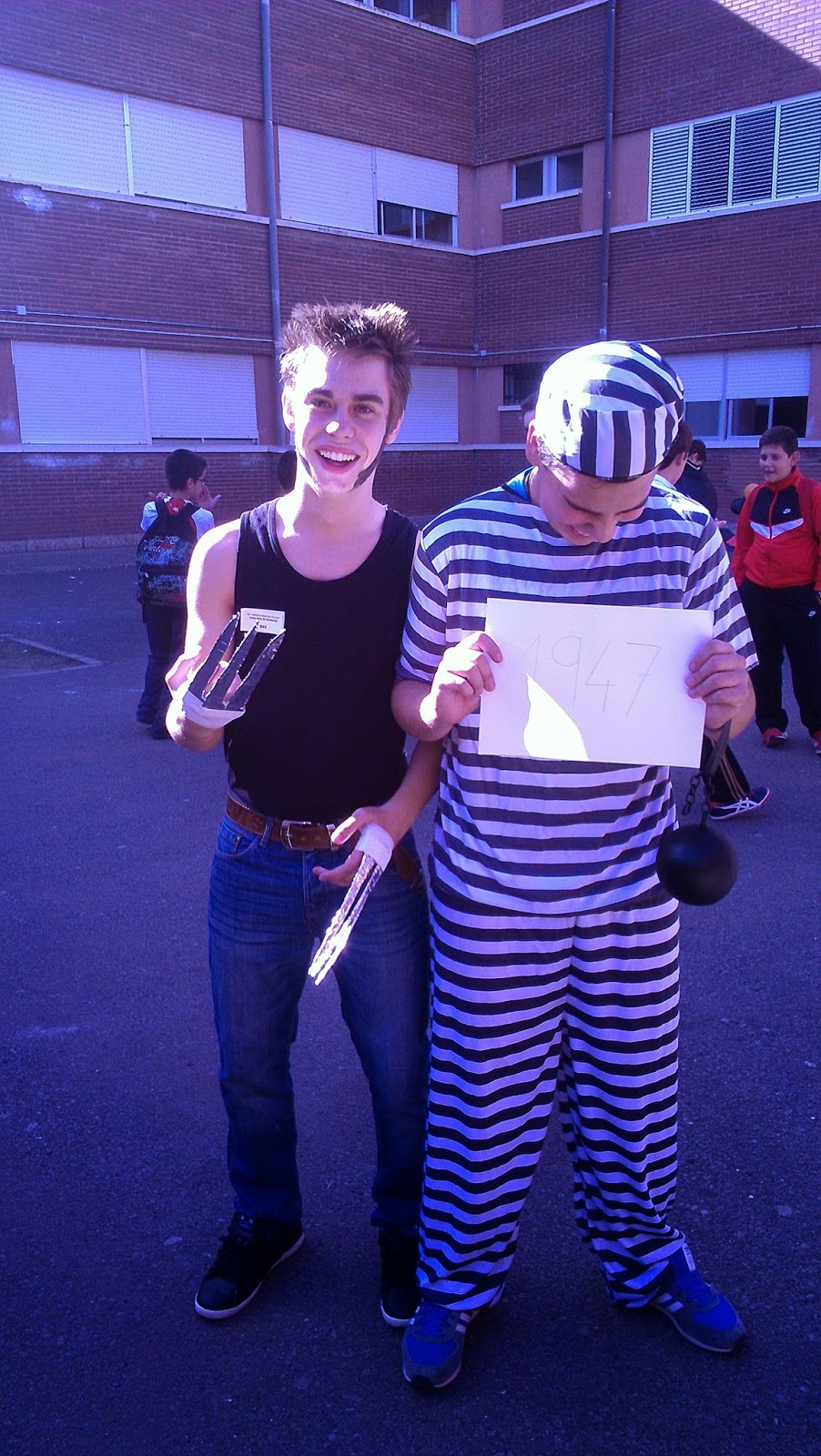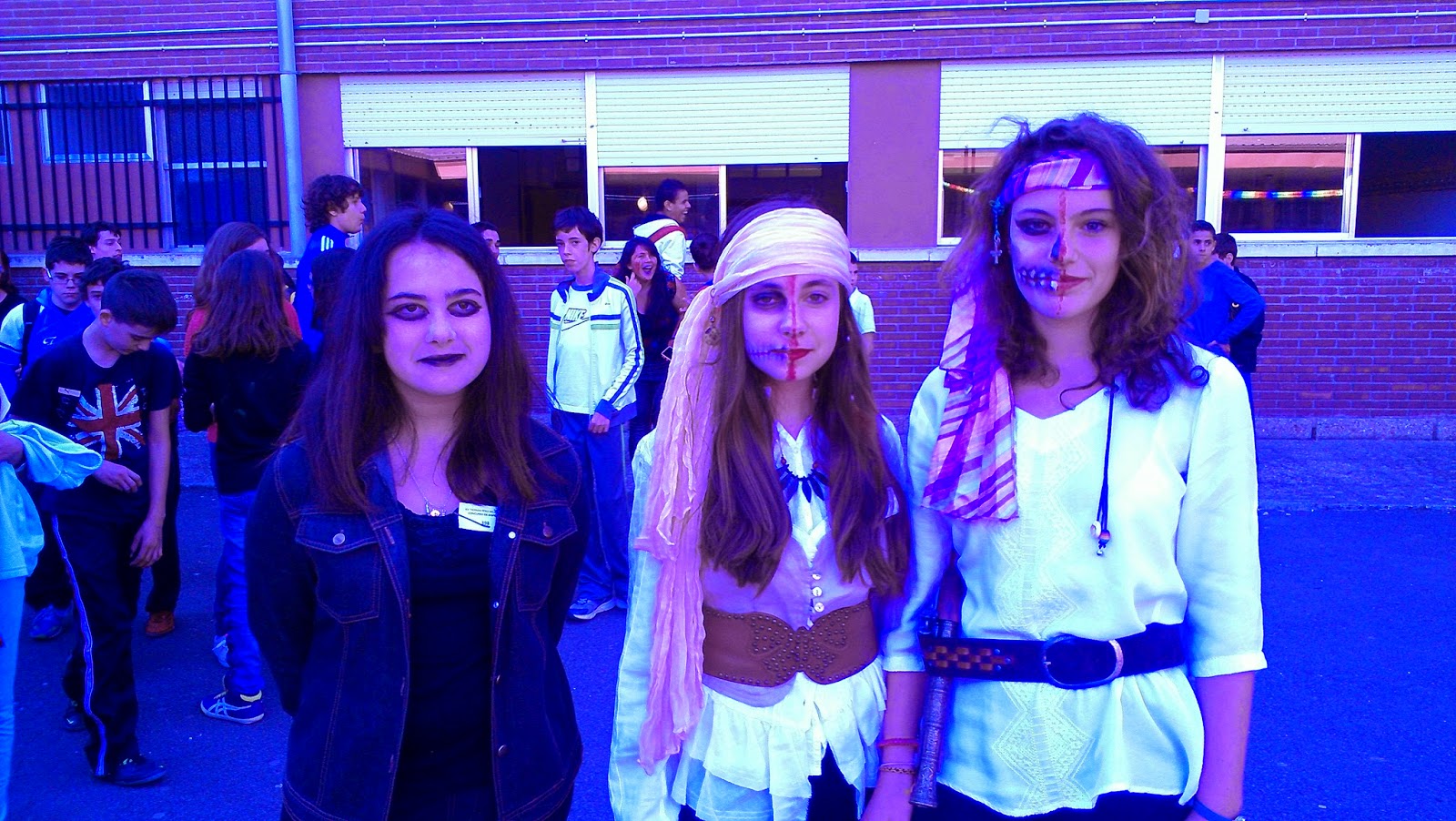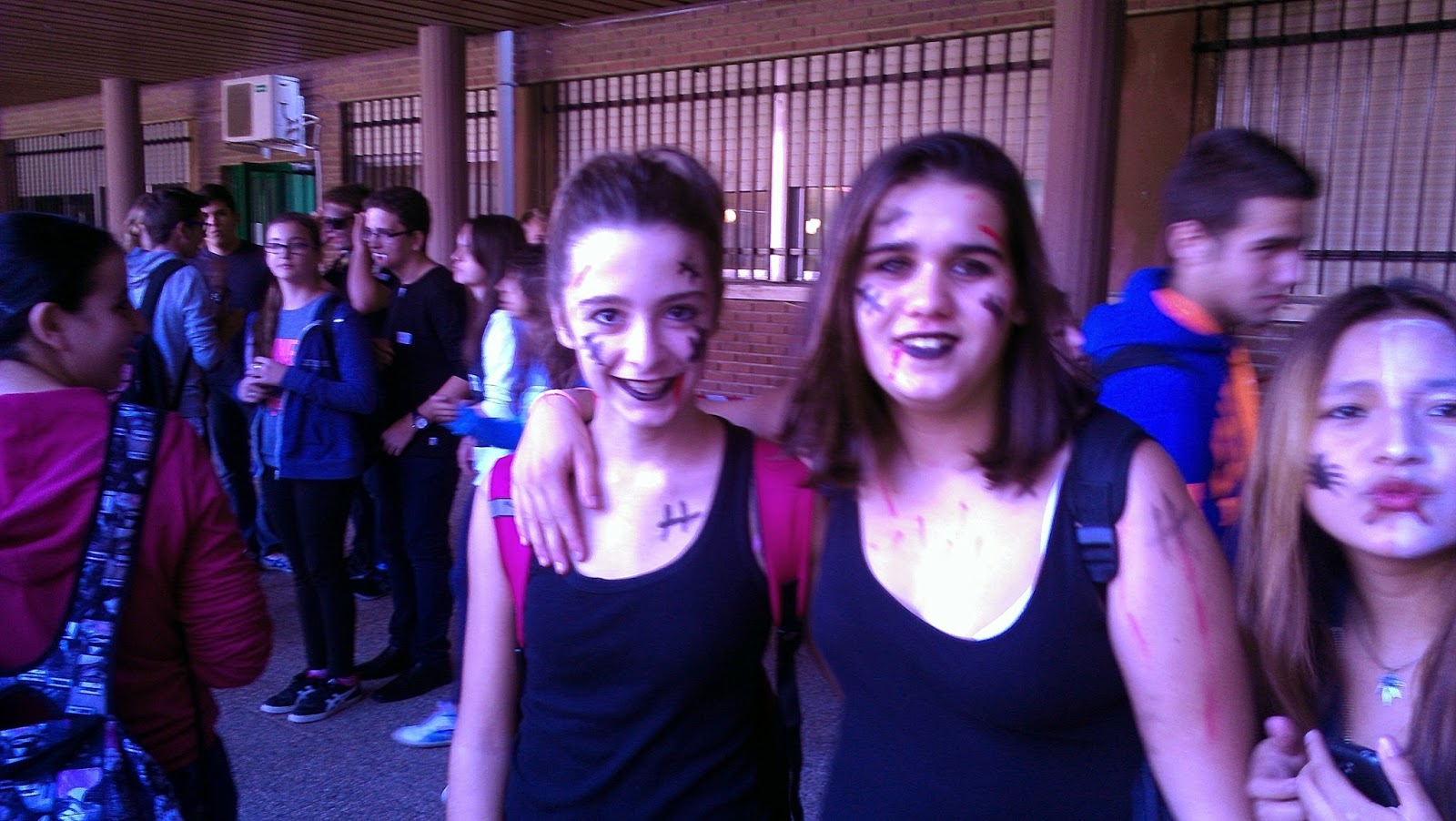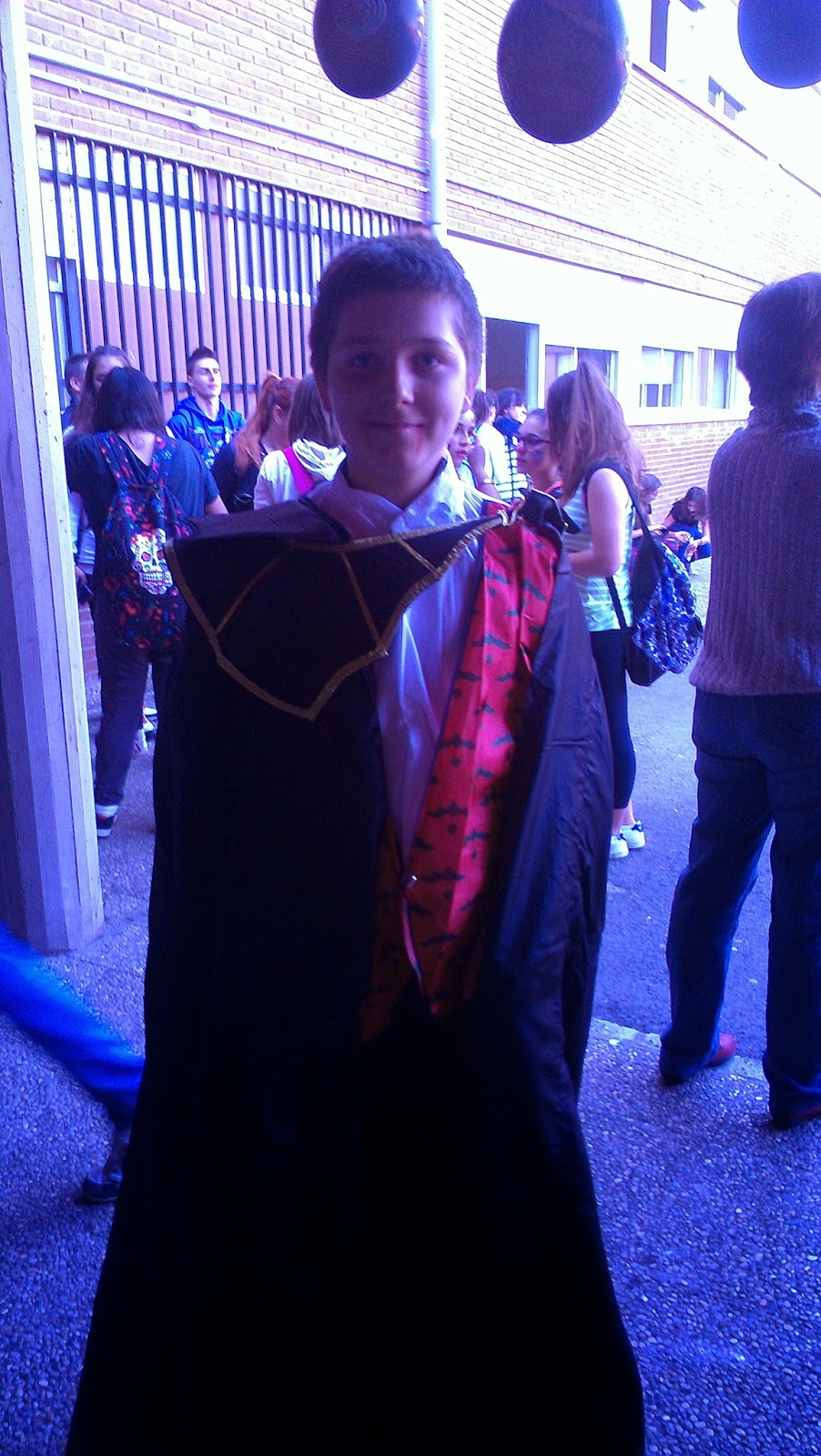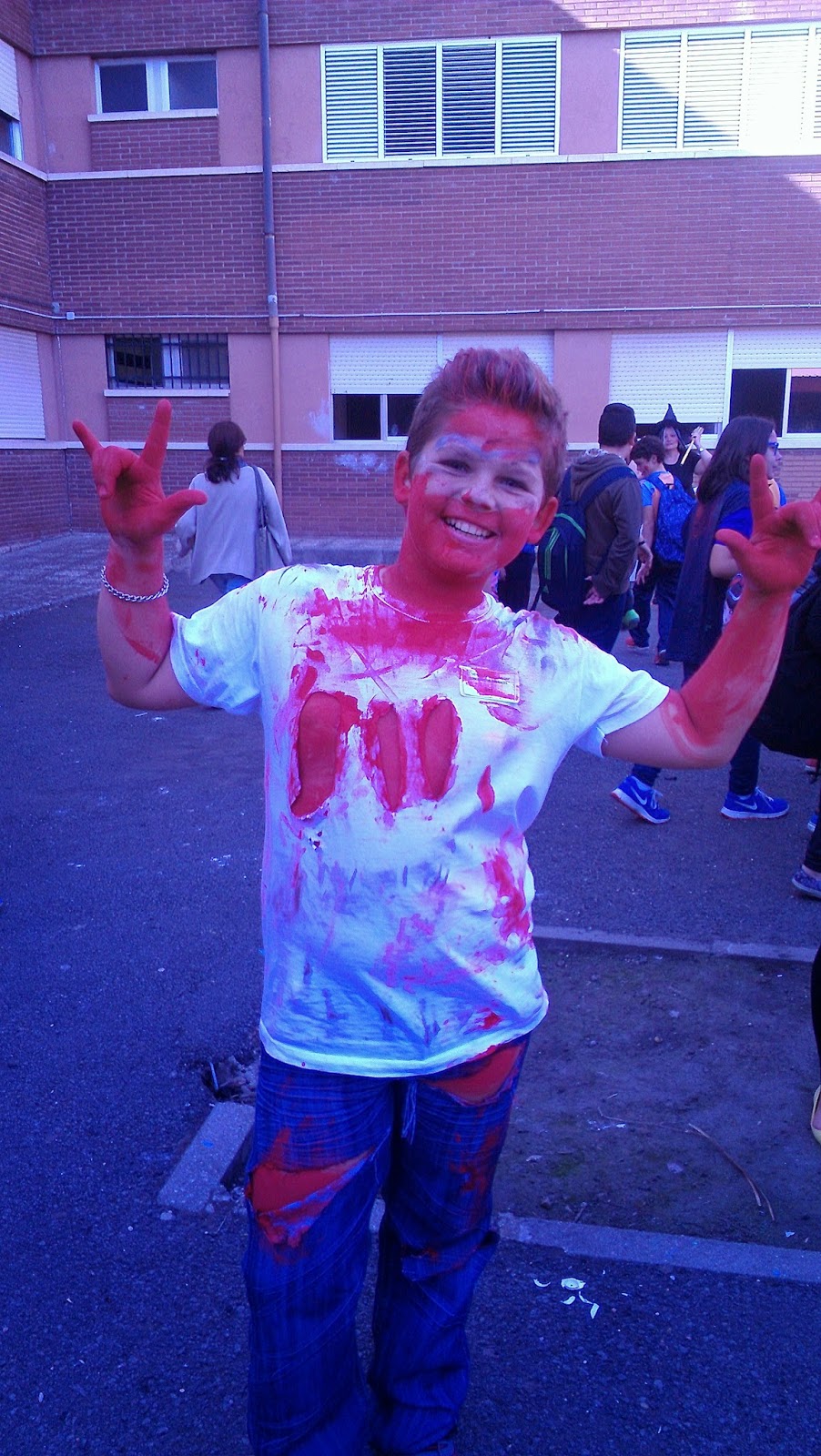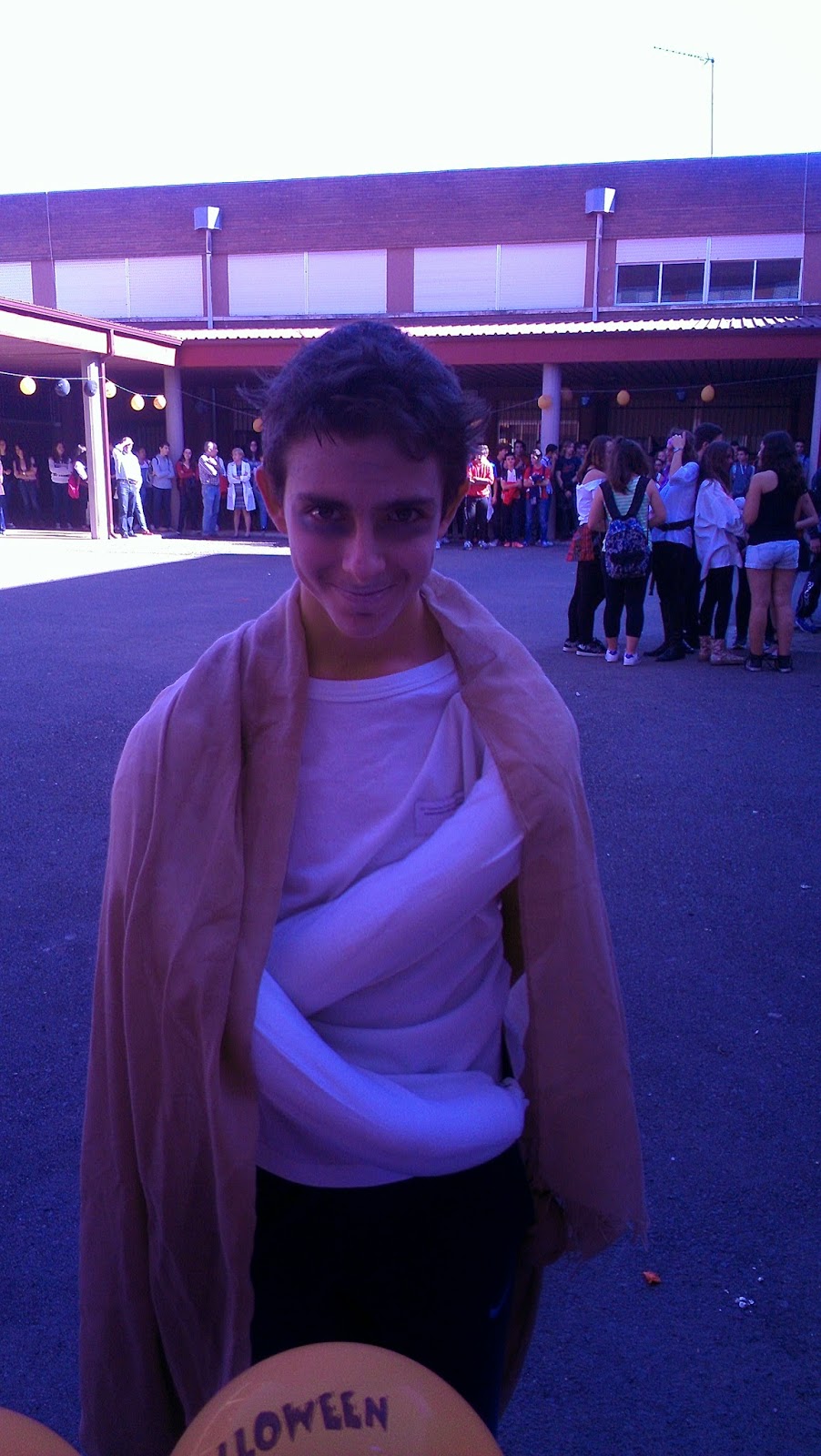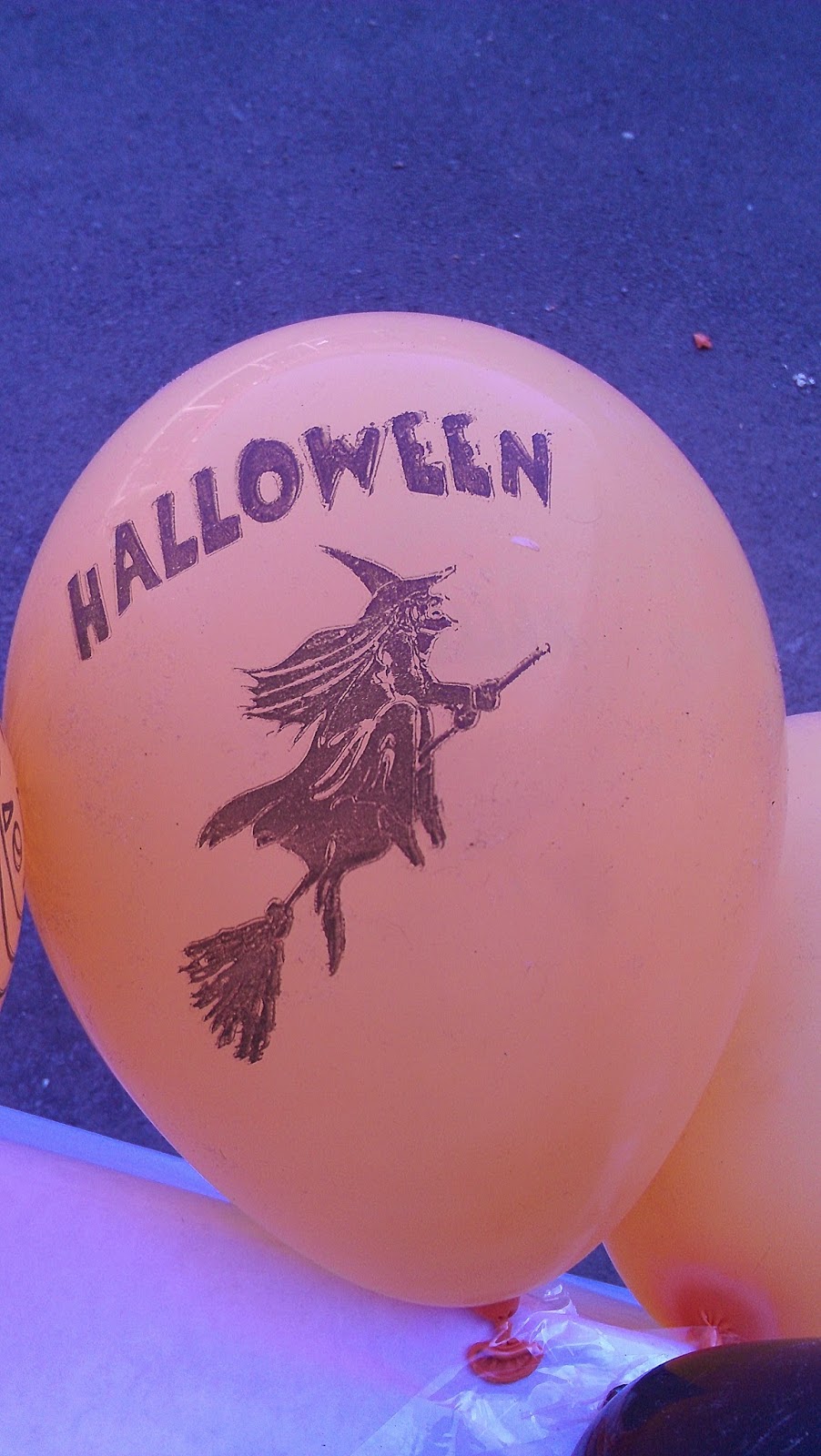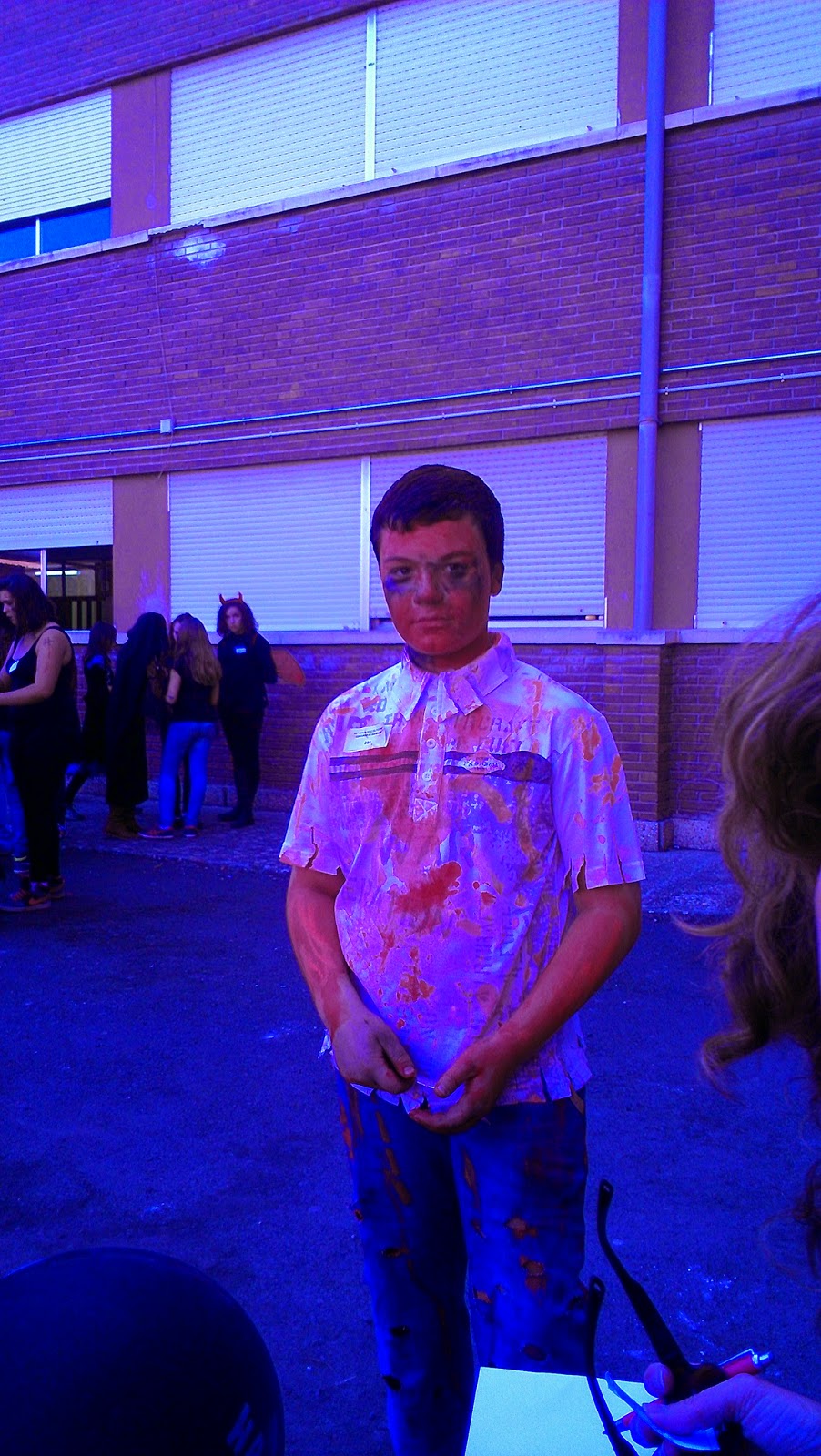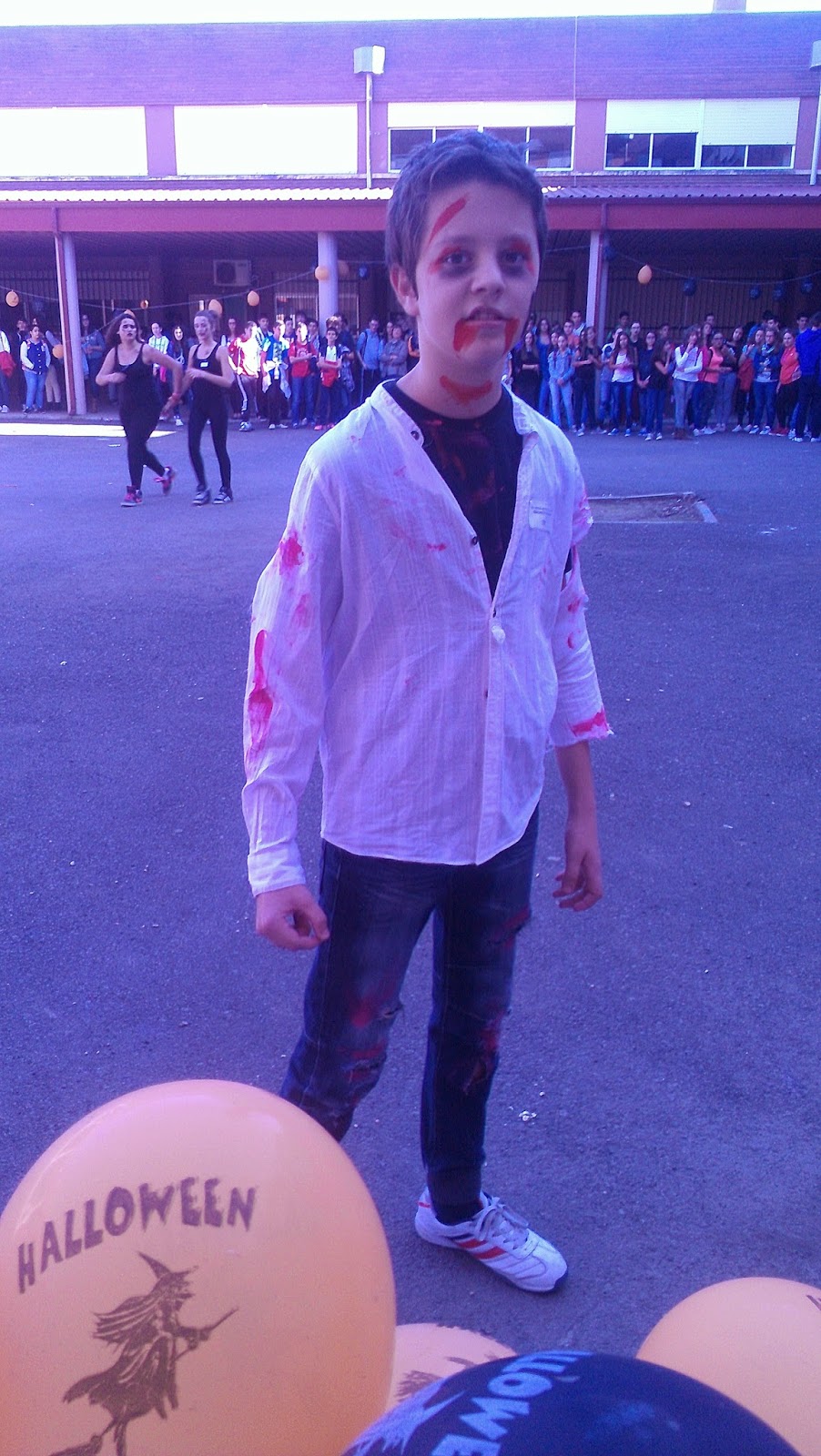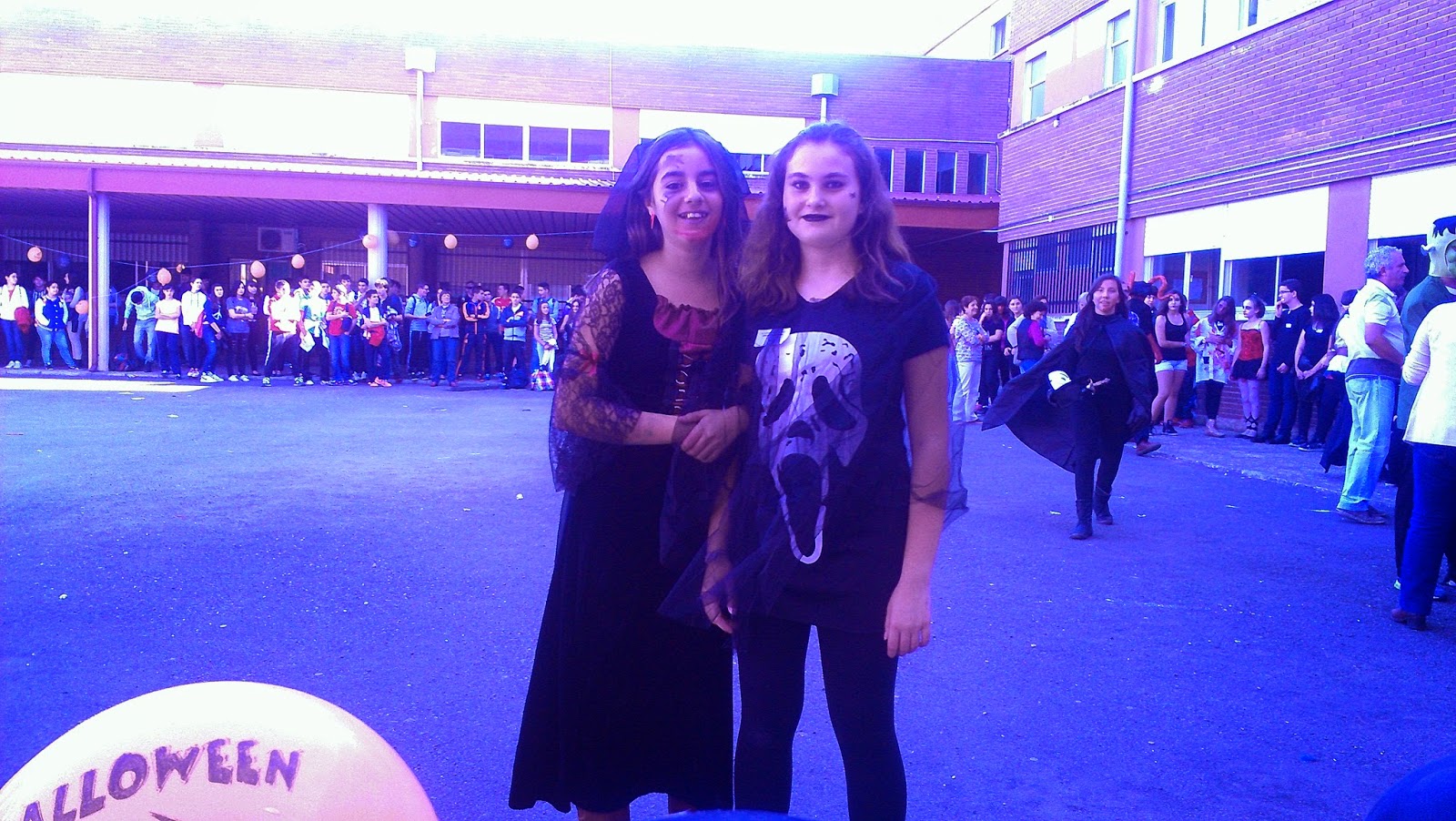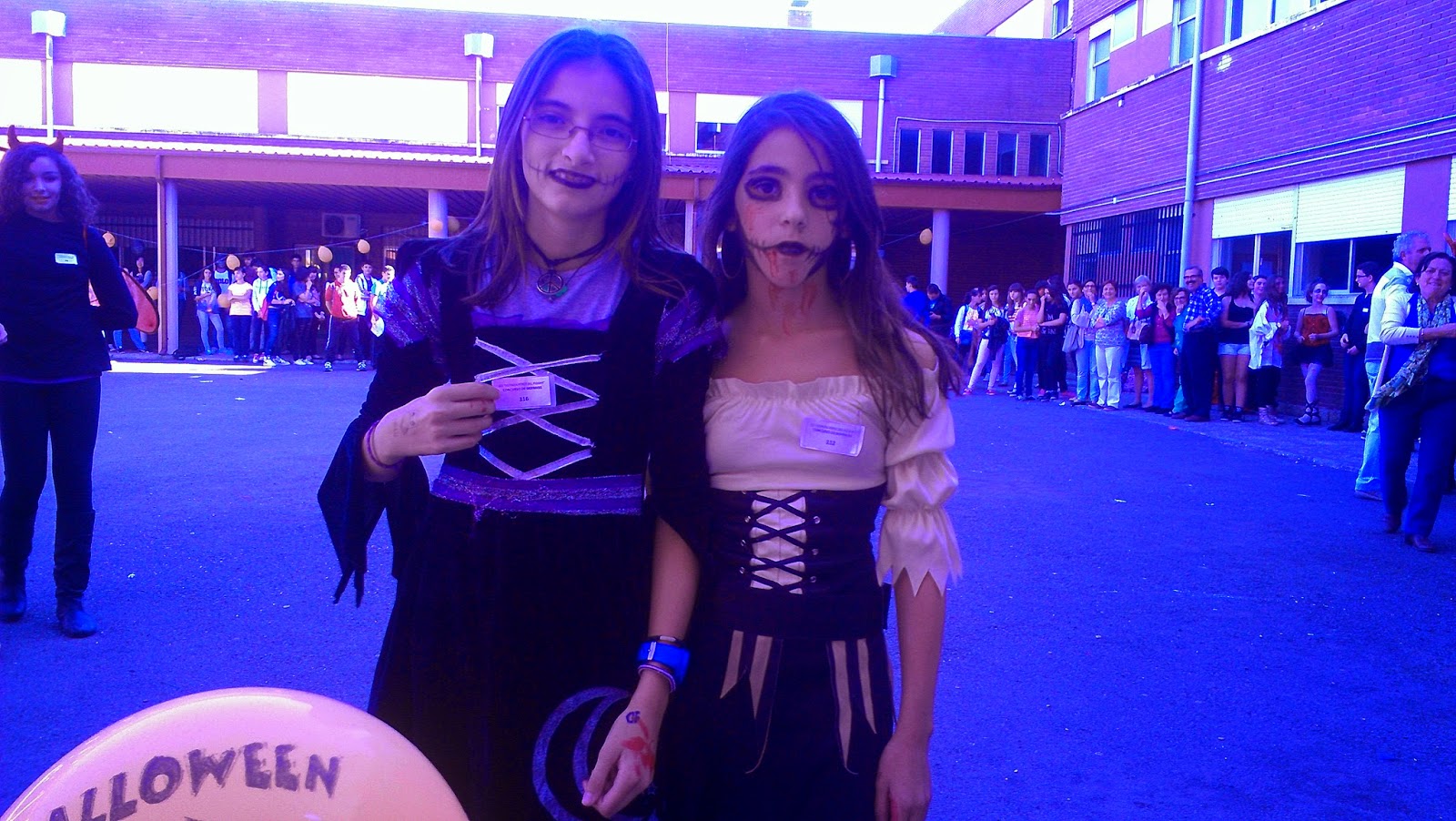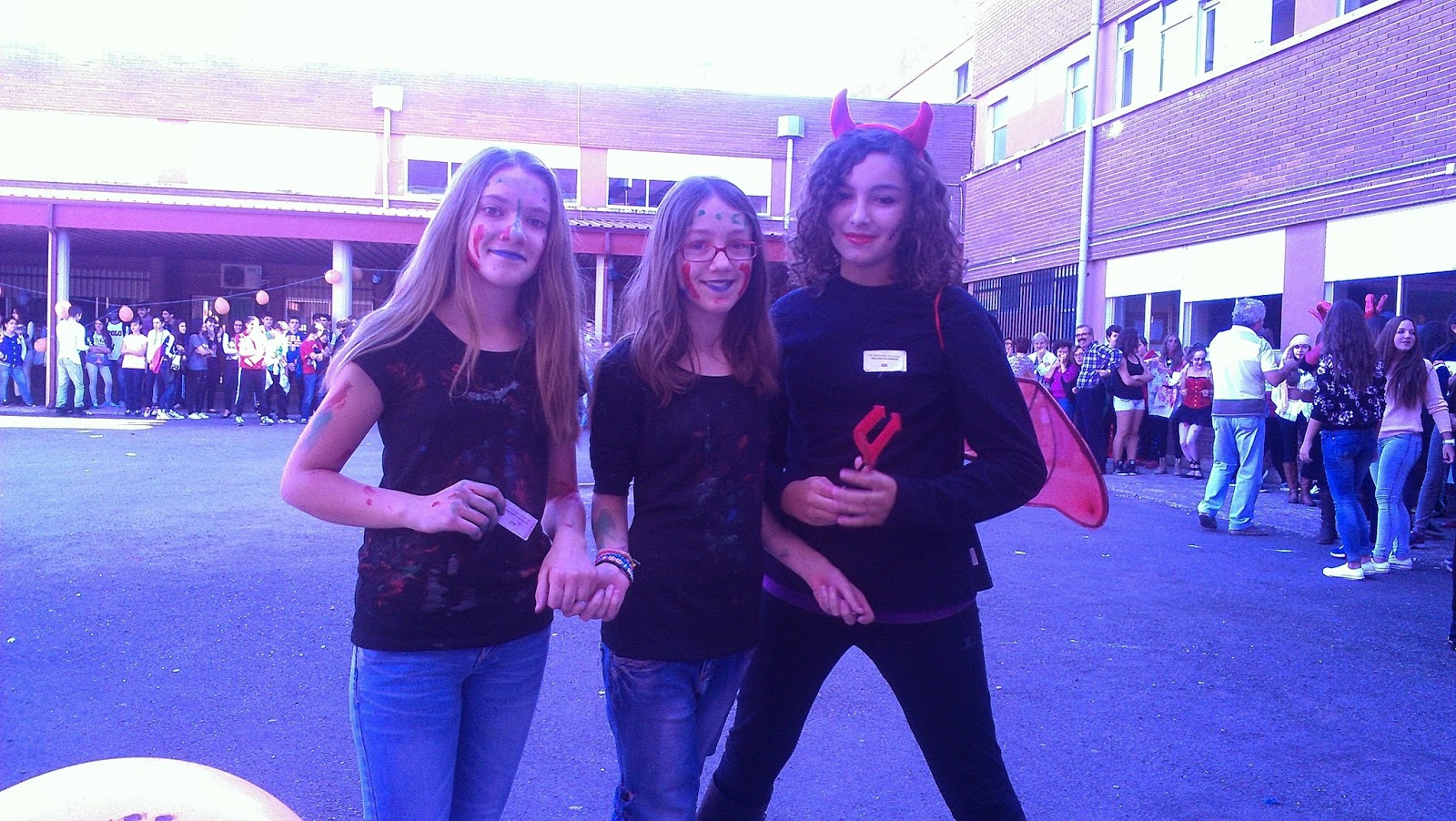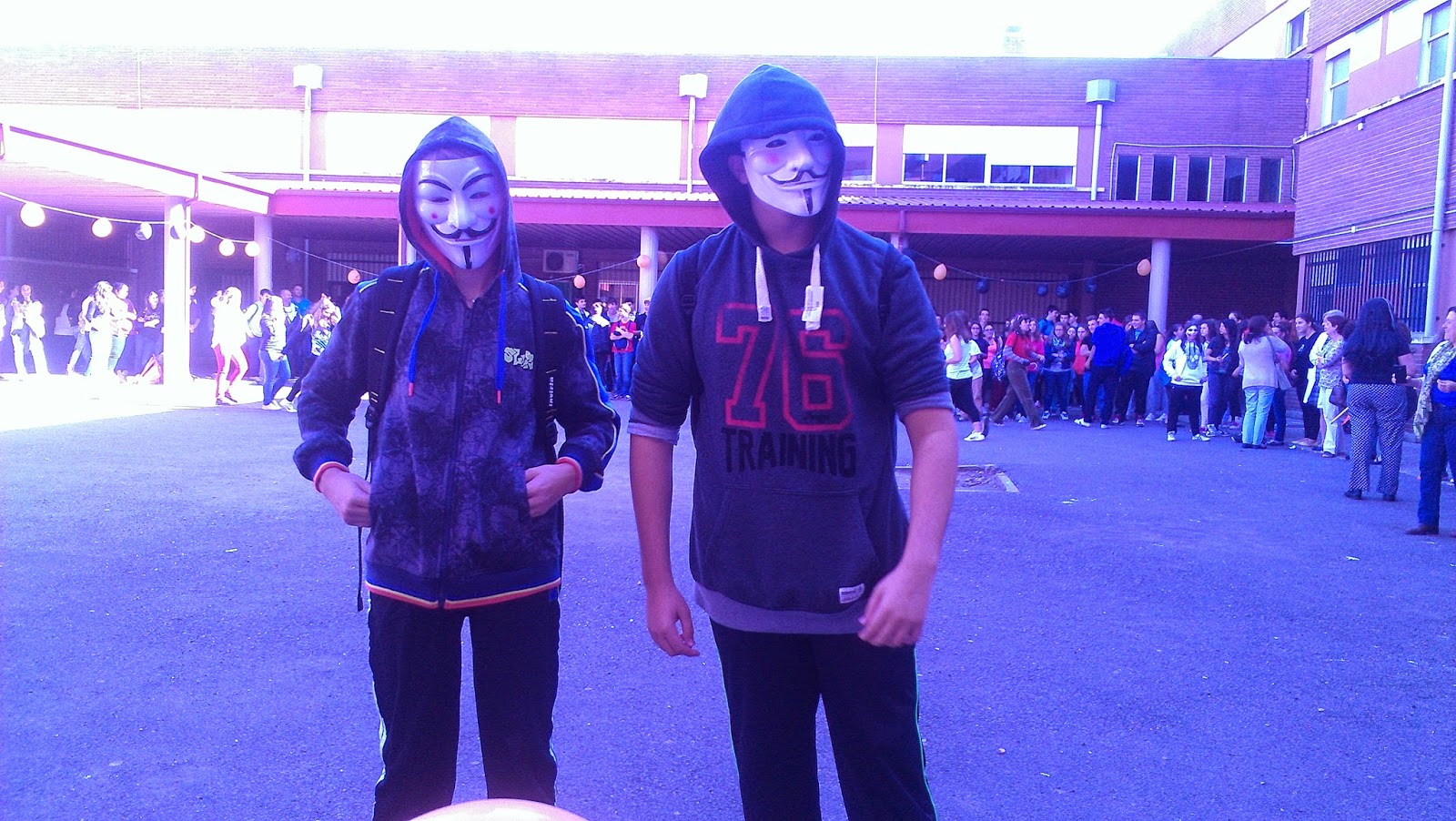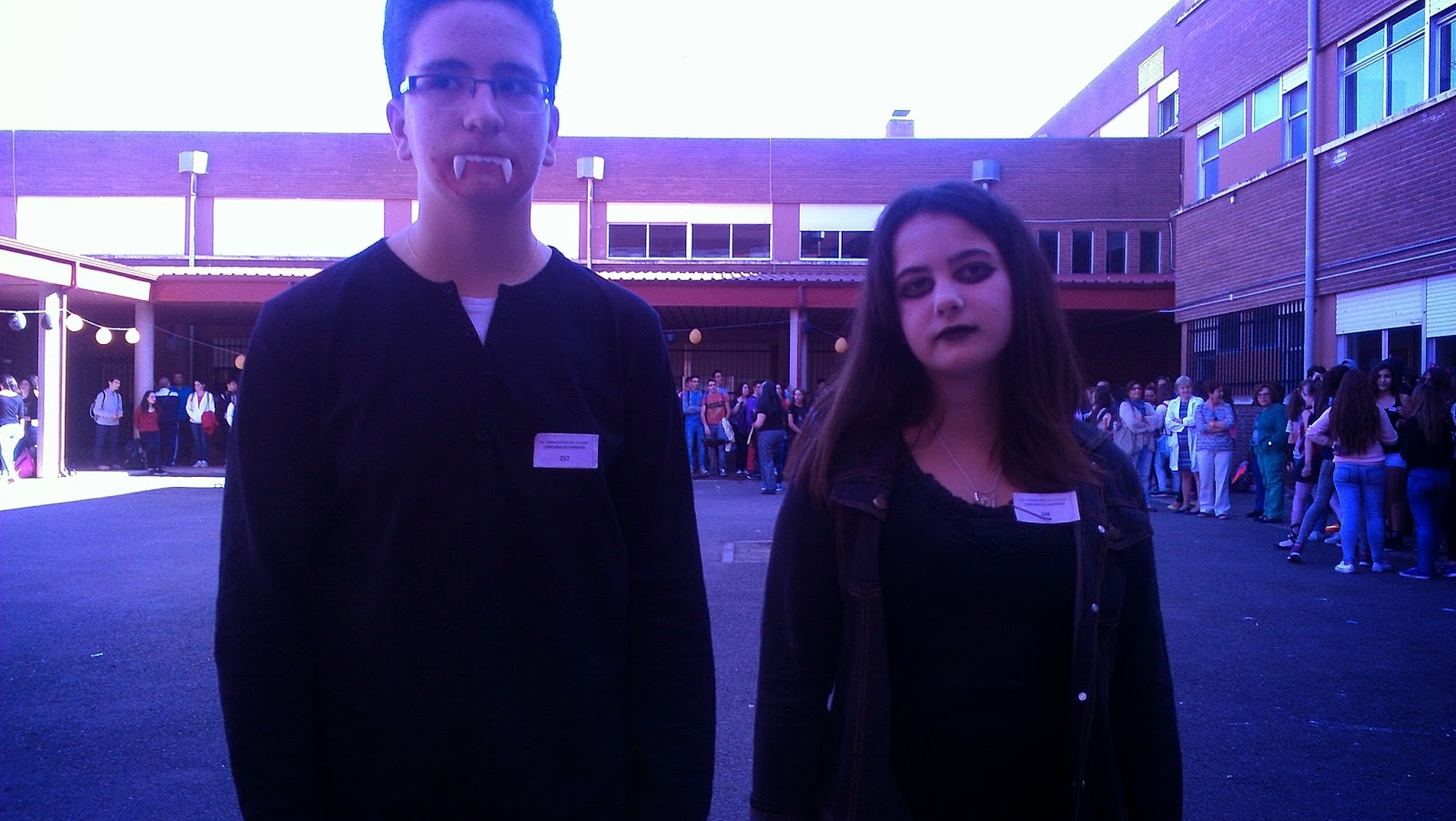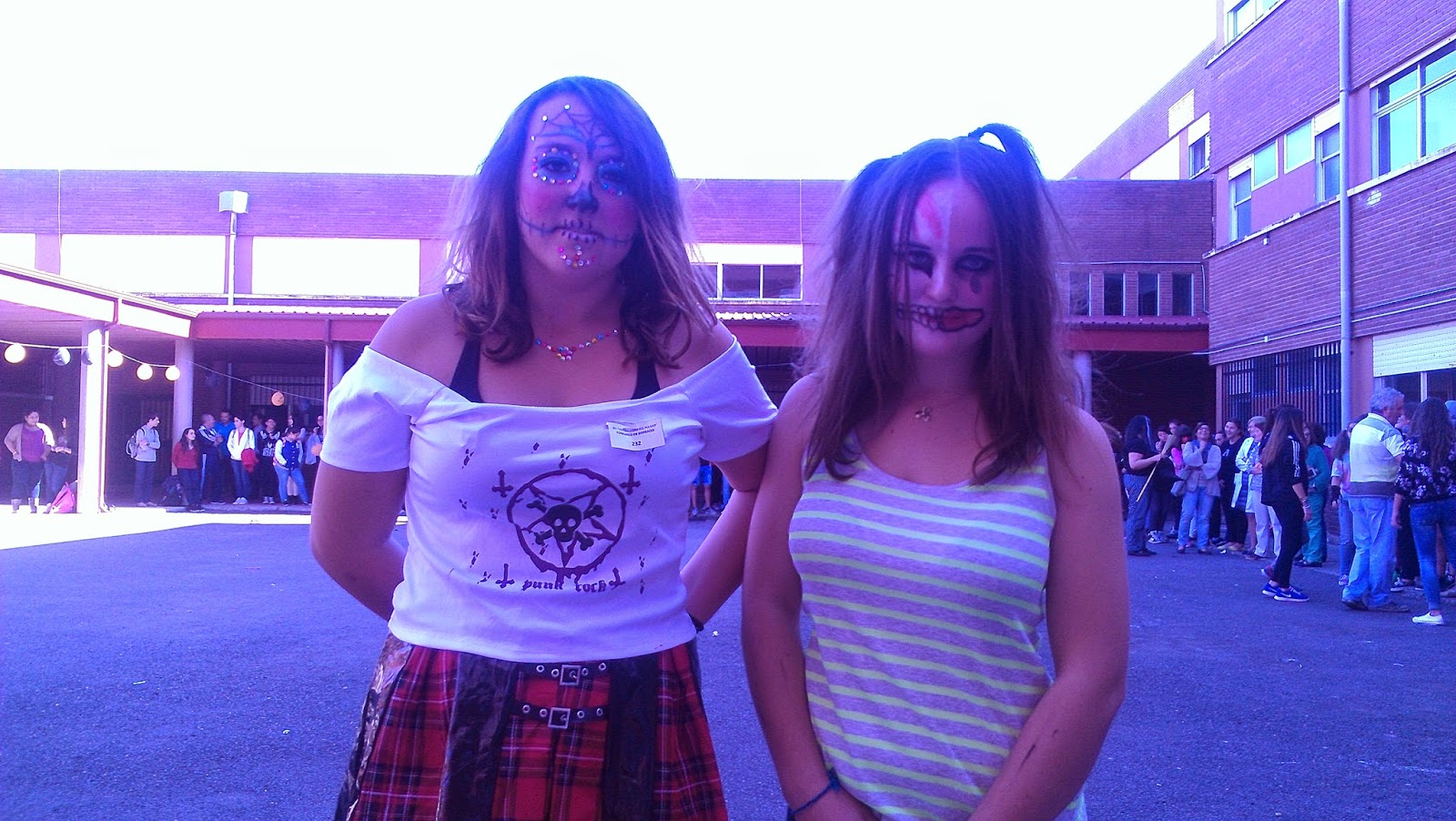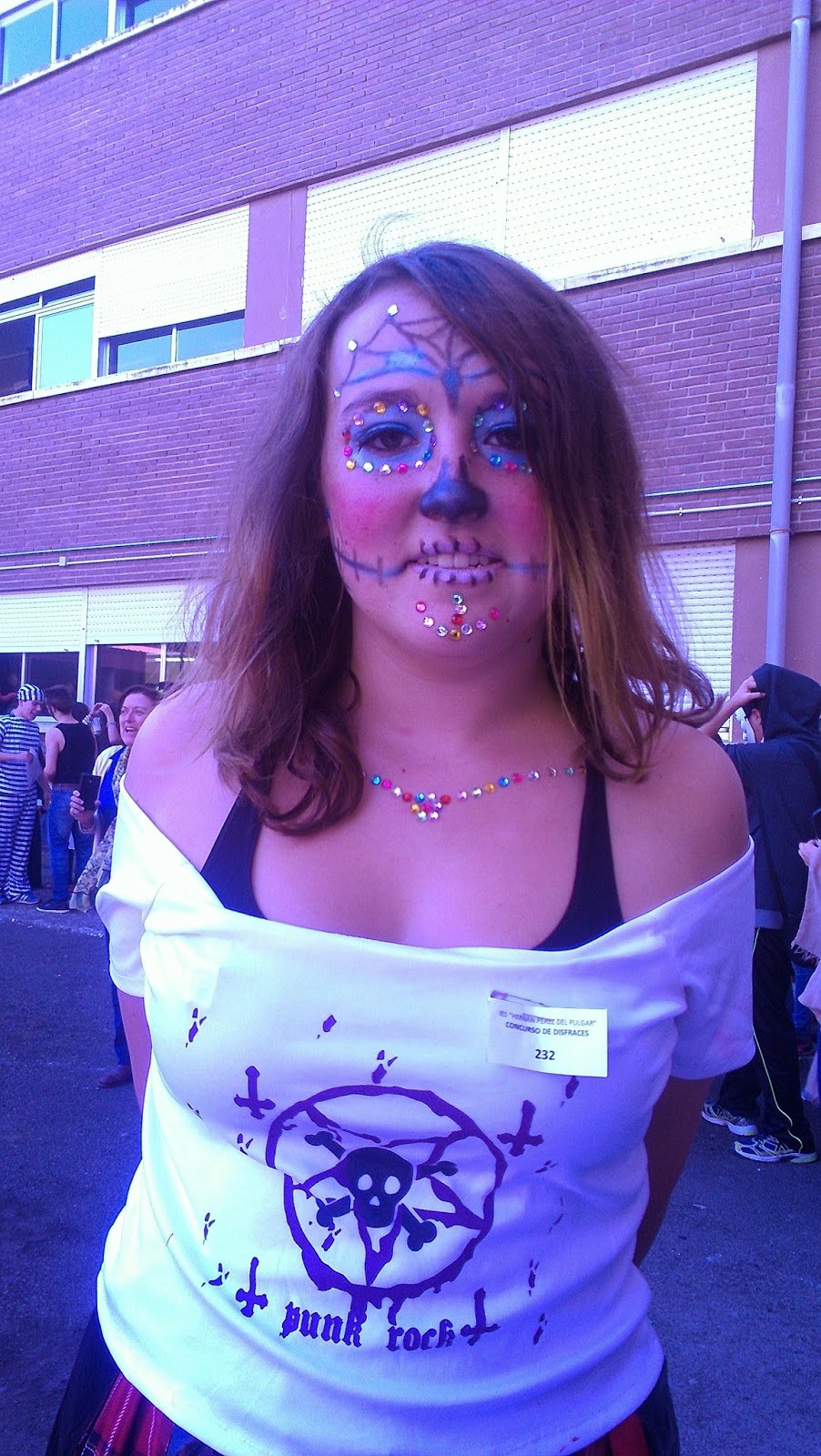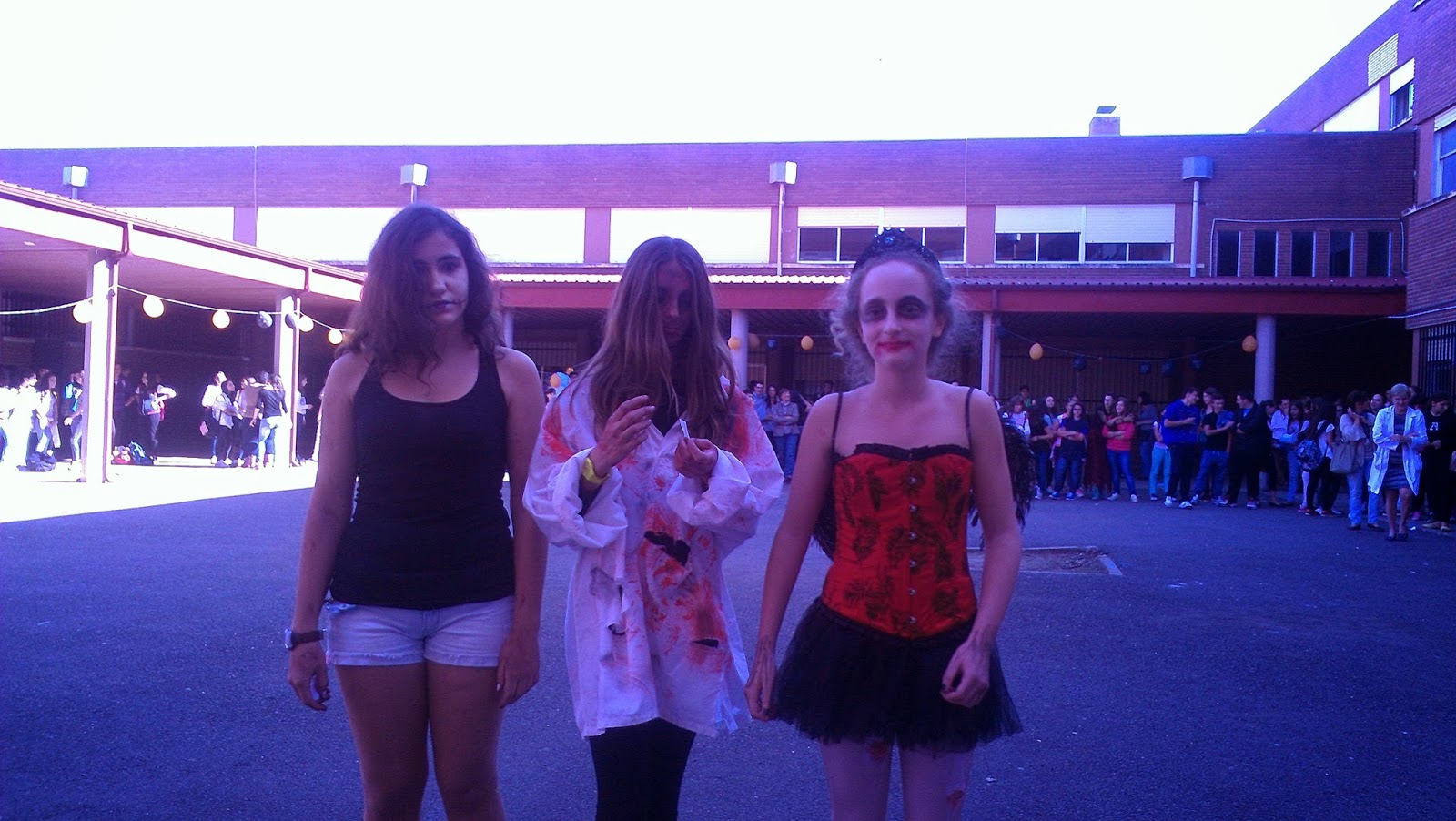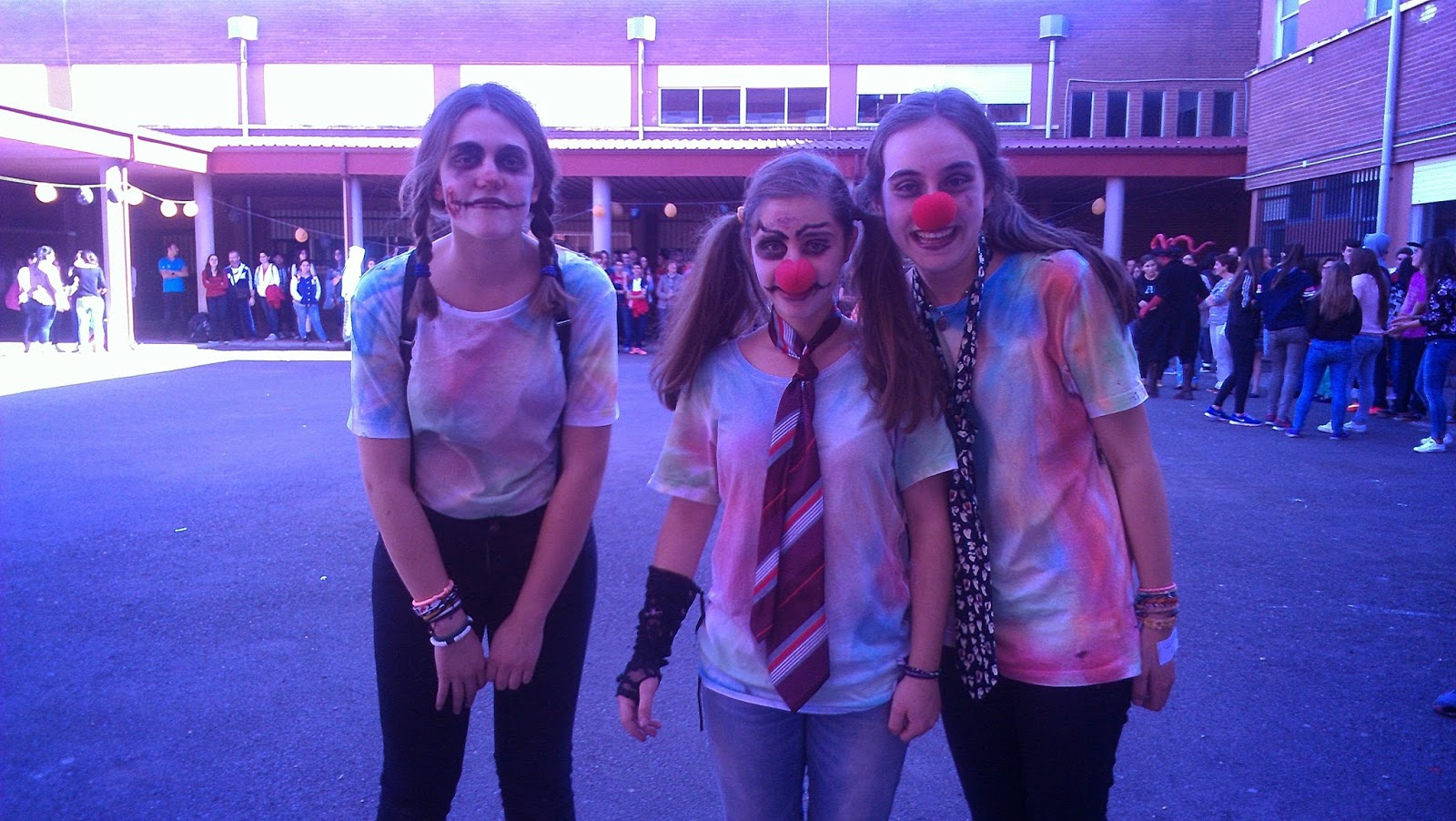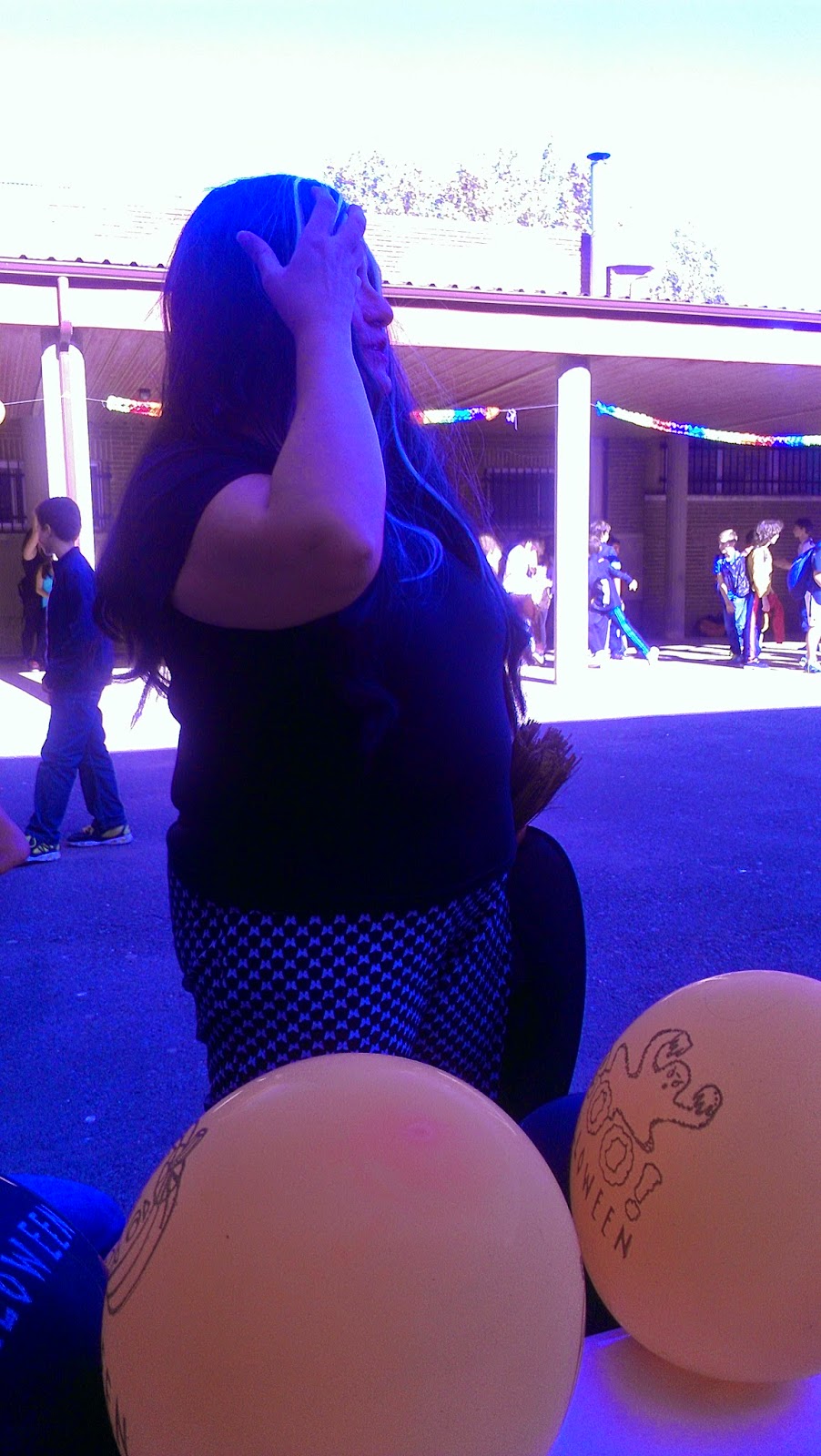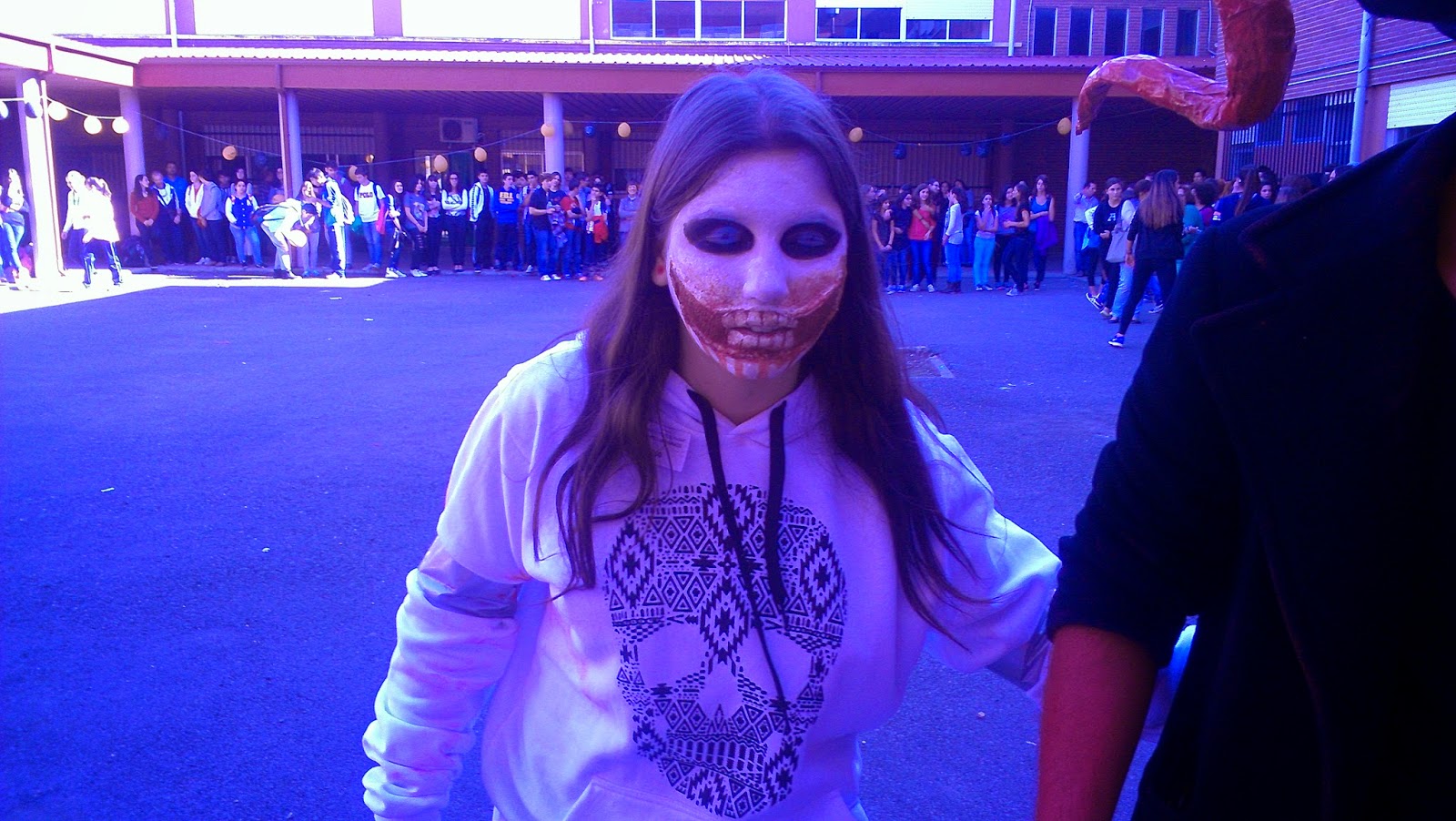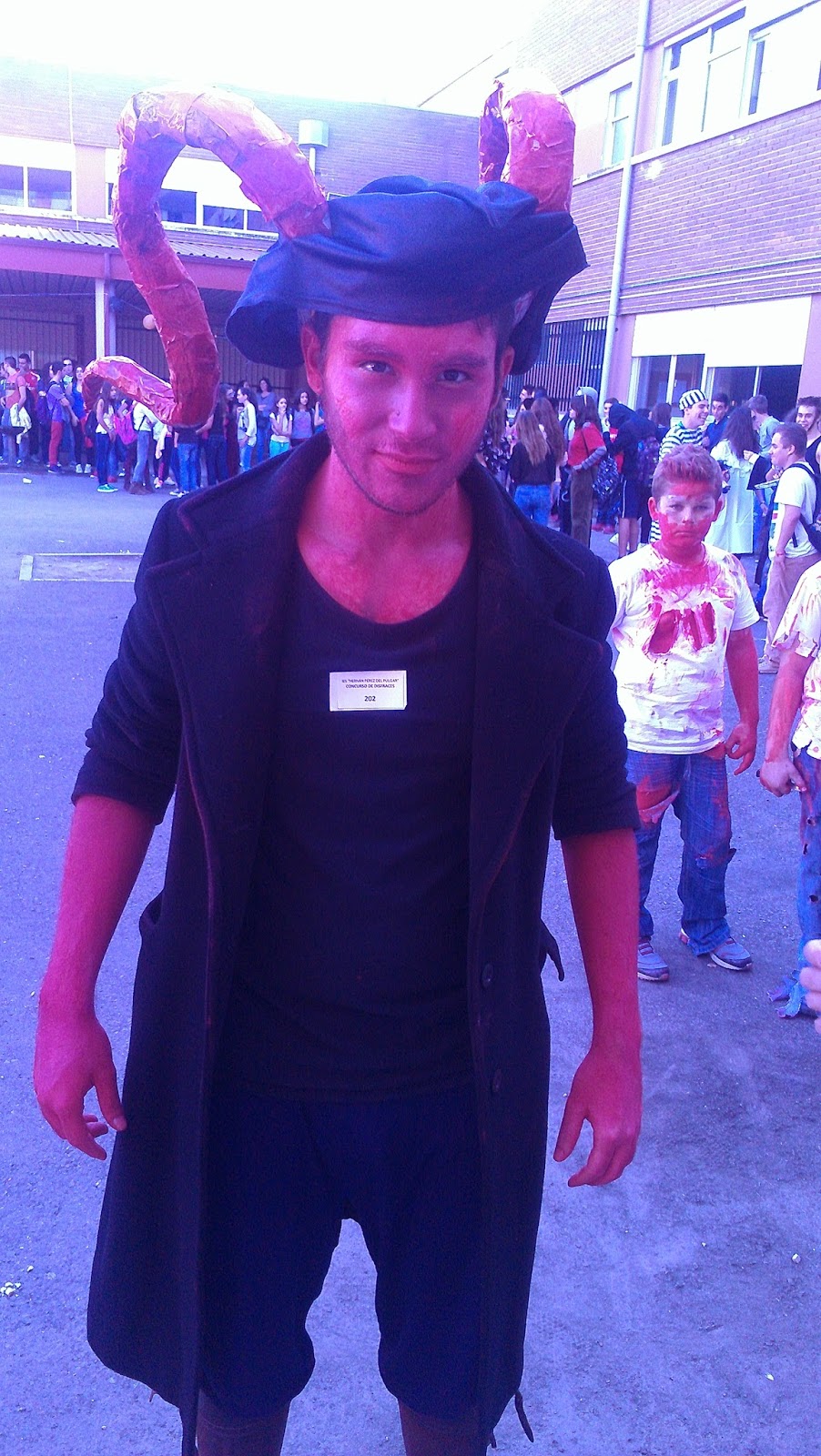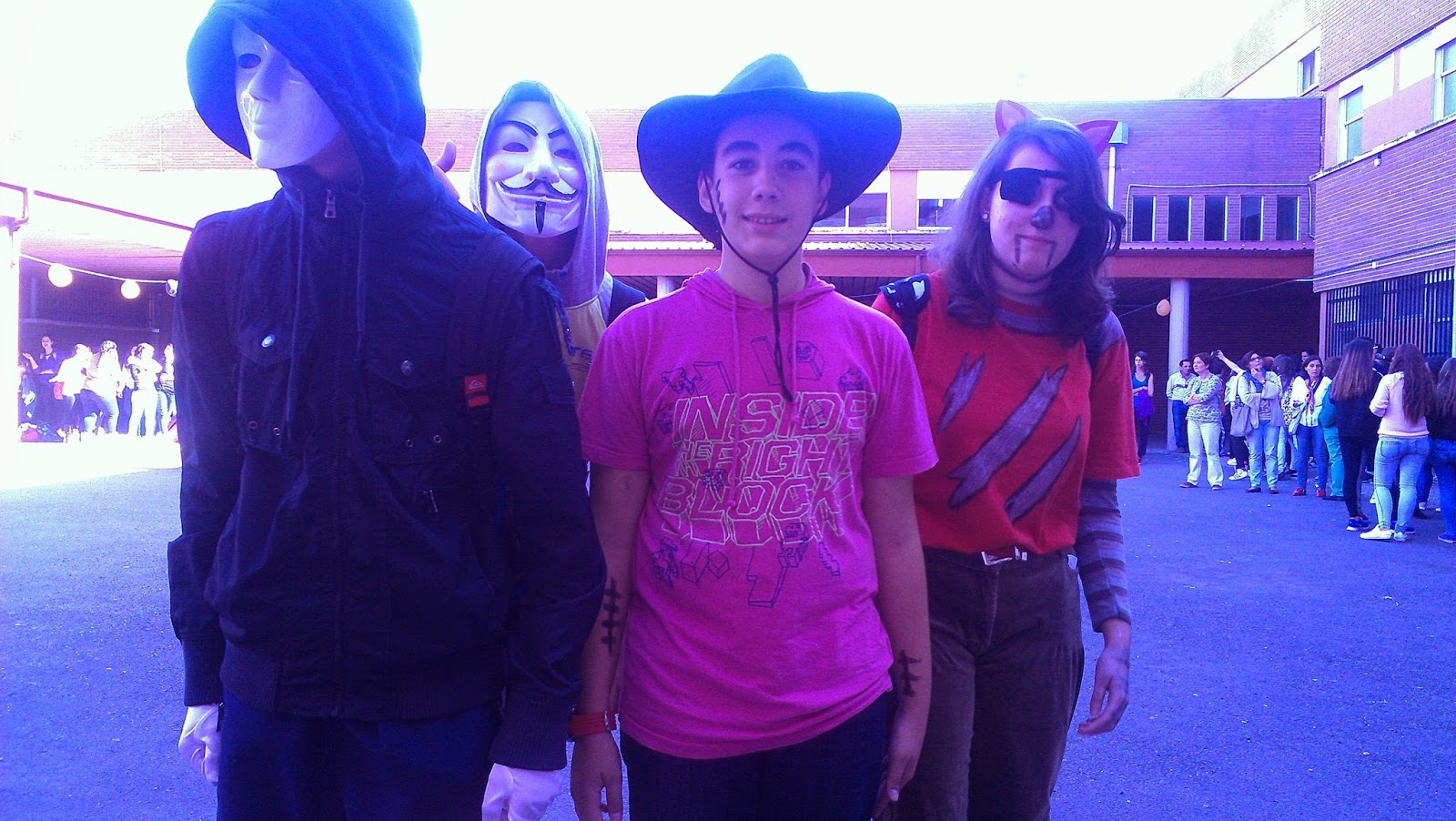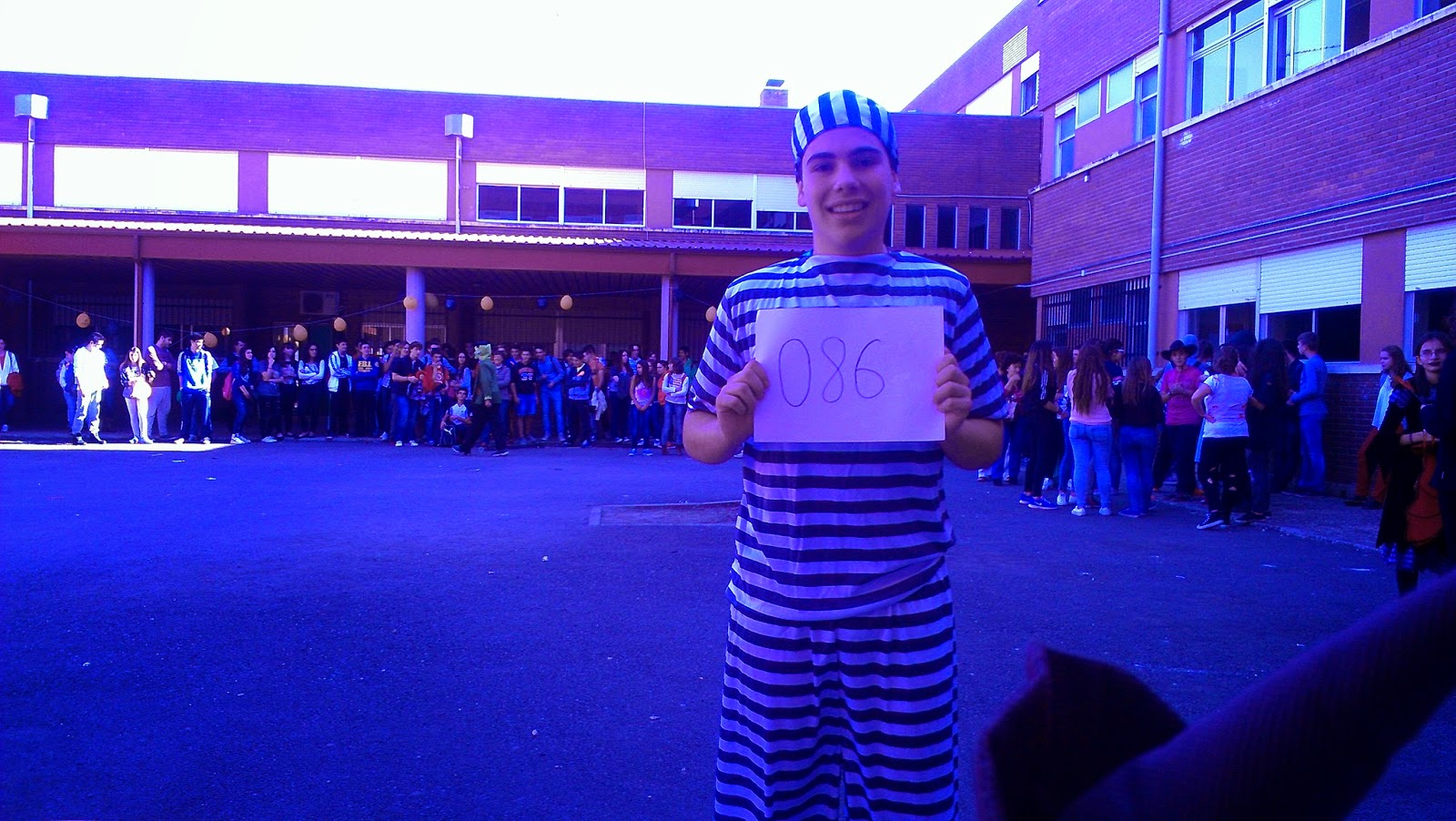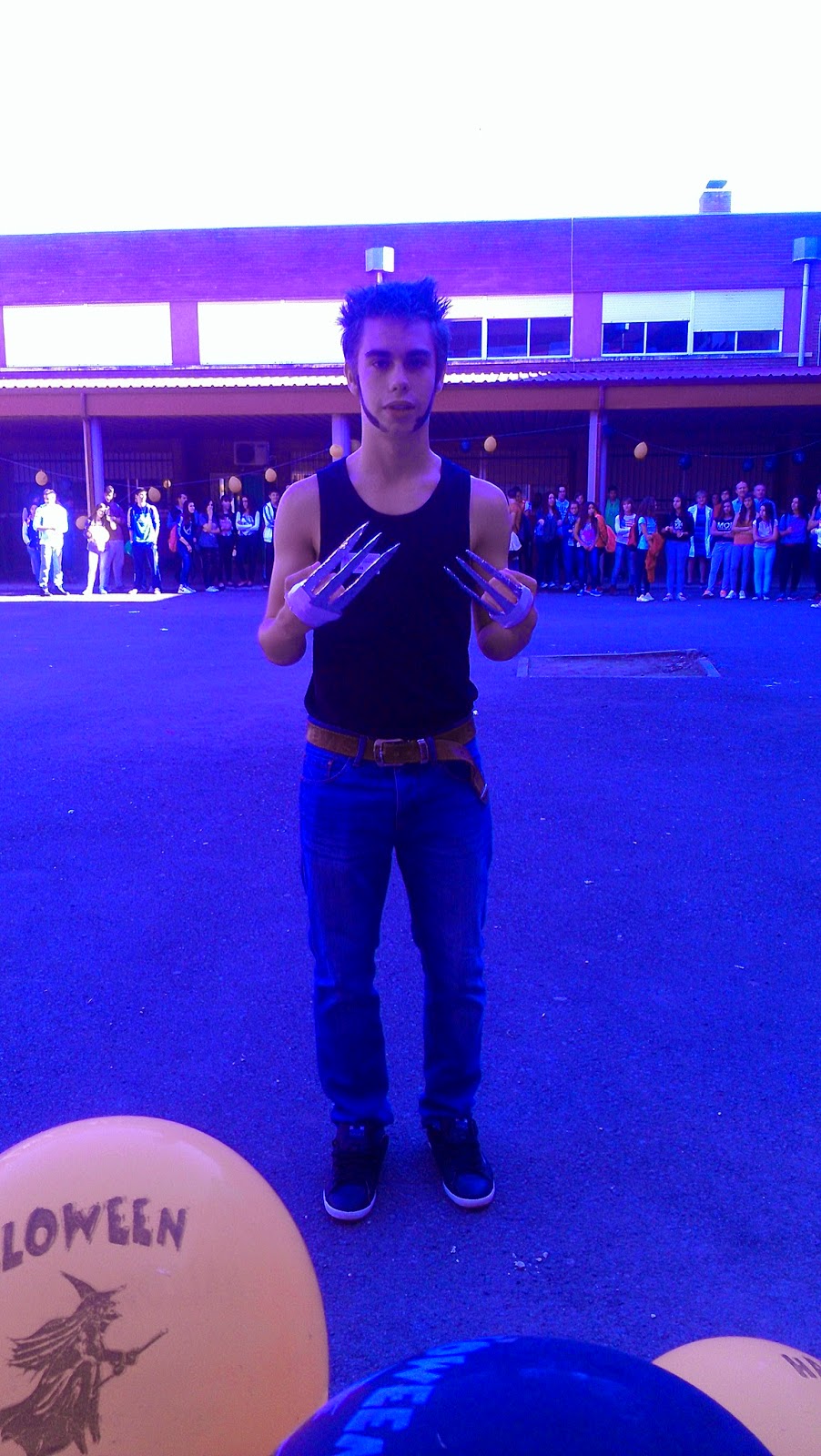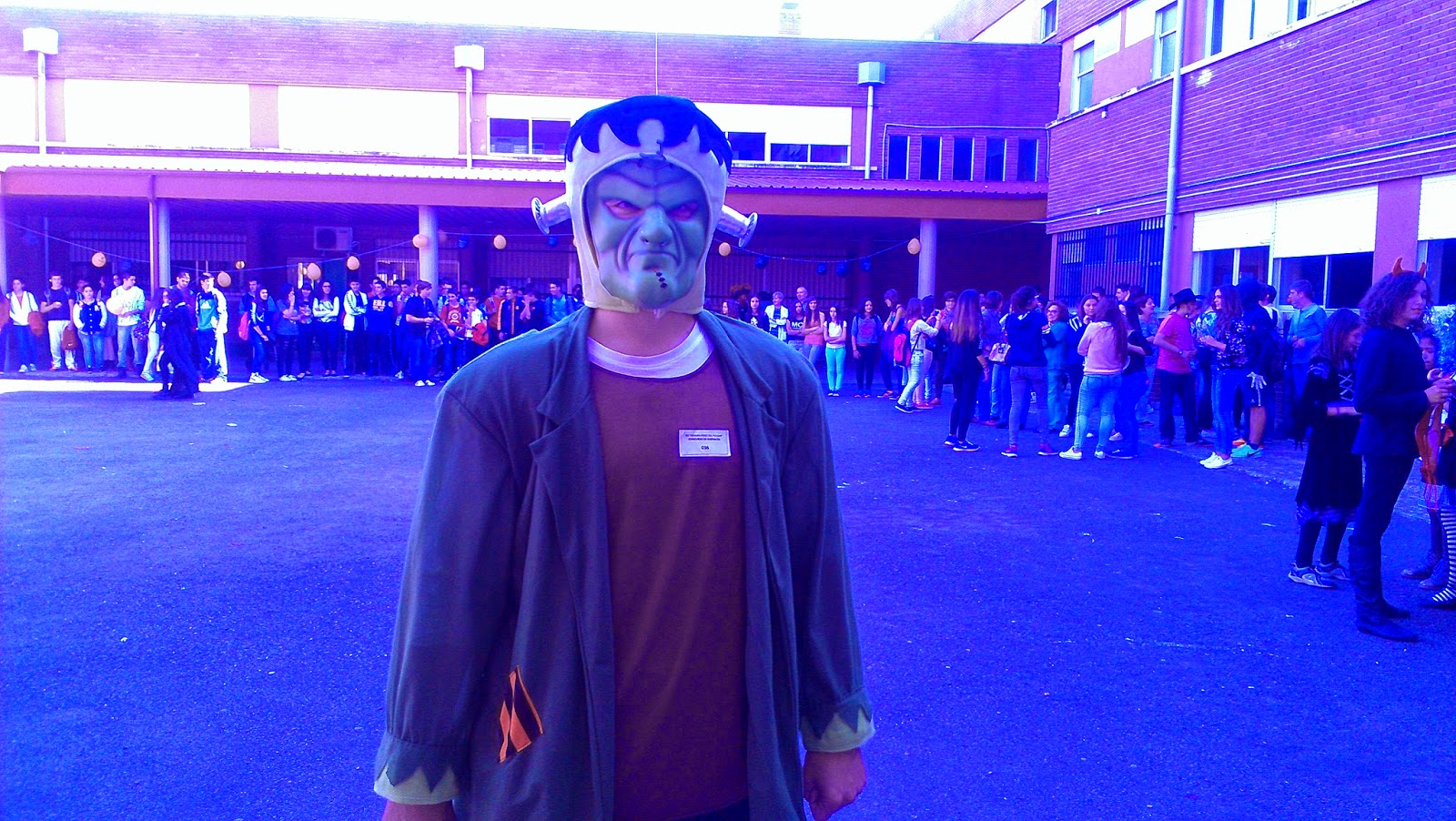 |
| Emilio. Waits for no one. |
Monthly Archives: November 2014
toto, we’re not in marbella anymore
Adjusting to a new place can be hard. And, though the process has only just begun for me, I think that adjusting to Ciudad Real will definitely present some challenges, mainly because I can’t help but compare it to my stint in Marbella. So far, there have been a few things that have stood out as being distinctly different than my previous experience living in Spain. Not all of them are bad differences, but they’re certainly noticeable. Here are a few:
- They don’t speak Spanish here. I found out this little fact when one of the teachers at my school complimented me on my speaking. To my surprise, she didn’t say, “Hablas español muy bien,” instead I got, “Hablas castellano muy bien.” In my head, I gave her the ‘whatchoo talkin’ ‘bout Willis?’ face, but on the outside, I kindly thanked her and went on with our conversation. Of course, castellano and español are exactly the same thing, but since we’re in Castilla La-Mancha, I guess that’s what they prefer to call it here. Also there are some words they use here that I never heard in Andalucía. For instance, instead of saying ‘mira’or ‘mira eso’ (look at this / check this out), they say ‘fijate’. The first time I had someone say it to me, I thought I was being asked to fix something. They also use ‘metalico’ instead of (or, in addition to) ‘efectivo’ to mean cash. I’m not sure if that one is specific to this region, but I’m pretty sure I’ve only heard it Ciudad Real.
- It’s flat – One of the first things I noticed when I was doing my initial explorations around Ciudad Real was how flat the landscape was. In Marbella / Málaga, I was situated between the sea and the mountains, so there were lots of hills and steep inclines. The good thing about this is that the flatness makes getting around on foot a lot easier and less tiring. However, it might not be best for keeping my buns and thighs tight – a nice side effect of my daily walking commute in Marbella.
- It’s super dry – Technically, Ciudad Real is in the middle of the desert. Unlike Eliza Doolittle’s song would suggest, there is very little rain in the plain in Spain. The reverse was true in Marbella. Proximity to the sea meant high humidity, and also a short lifetime for clothes to dry. But being a long-time resident of Atlanta, humidity is something I’m very accustomed to. Here, I’ve already seen the effect the dry climate can have on my hair, skin, and mucous membranes. That family-sized jar of shea butter I brought along probably won’t last me ‘til spring. And I frequently tote a little bottle of saline spray to keep my nasal passages from drying out and leaving me with achy sinuses.
 |
| You got it wrong, boo. |
Update: Though the atmosphere is generally dry, since I originally penned this post, I’ve seen lots more rain. In fact, it’s probably rained as many times here in the last month and a half, than it did my entire 6 months in Marbella. Sorry, ‘Liza. I take it all back.
- The local vegetable is pork – Seriously, these people luuuuuv some pig meat! I’ve already had a few restaurant meals where pork was served for each course. In fact, on a recent tapas excursion with Pablo (Juana’s husband) and some of his friends, a plate of pig ears showed up on the table. I shared with the group that people in the South have an expression that we eat everything on the pig from ‘the rooter to the tooter’. It seems Pablo was already familiar with the concept, as the manchegos have a similar expression. I can say, however, that the quality of the pork here is amazing – I’ve had some cuts (particularly presa iberica) that were extremely tender, juicy, and flavorful without being overly porky (that’s a scientific term, ya know).
- Nobody takes the bus. Well, not nobody. But when I think back to Marbella, I recall how the bus was almost full every day with locals, seasonal residents, and tourists of all ages. I’ve only taken the bus twice in Ciudad Real, and the only other people on there were either very elderly or riding along with a small child. Plus, the buses seem to take these long, circuitous routes that makes them the least efficient mode of transportation for getting around town.
- It’s small. Like, really small – If I have my ‘marching on Selma’ strut on, I can pretty much get from one side of town to the other on foot in about 30-35 minutes. This would explain why hardly anyone takes the bus.
- It’s cold. Like, really cold – My first couple of weeks here were actually unseasonably warm. In late October, temperatures reached highs of around 70 degrees Fahrenheit during the day, with lows in the 60s. However, since Halloween, all that has changed. Unlike Marbella where winter spelled more rain than true cold and lasted for all of about 45 days, I can already tell that, here, there will be winter. Cold as a witch’s tit winter. It’s already been down in the upper 30s a couple of nights. And I’ve already realized that my assortment of blazers which served me well in the south, won’t stand much of a chance against these temps.
- There is a famine of beauty. Remember when I shared that the abundance of natural beauty was one of the most amazing things about Spain during my previous stint? Umm… yeah. Not quite the case here in Ciudad Real. Strangely enough, this is one of the few Spanish towns that I’ve been to that doesn’t have a casco antiguo – or historic quarter – with beautiful old buildings and charming cobblestone streets. Nope, Ciudad Real is surprisingly regular. Architecturally speaking, there isn’t much to look at. And since, as I mentioned, it’s in the middle of the desert, the surrounding landscape doesn’t immediately grab the eye. I don’t doubt that are some breathtaking views and scenes to see here, but for now, it looks like I’m gonna have to work a bit harder to find them.
From Wikipedia entry on Don Quixote, “La Mancha is a region of Spain, but mancha (Spanish word) means spot, mark, stain. Translators such as John Ormsby have declared La Mancha to be one of the most desertlike, unremarkable regions of Spain, the least romantic and fanciful place that one would imagine as the home of a courageous knight.”
- The stares. Dear god, the stares! Now, I’m used to being one of a relative few brown faces in a Spanish town. As such, I’m also used to getting the occasional stare from passersby on the street – it happened on several occasions in both Marbella and Málaga. Spanish people from other parts of the country are also known for openly staring at almost anyone – I’ve just chalked it up as a cultural difference. However, while staring was noticeable in Marbella and Málaga, I never felt it was excessive. It’s a totally different story here in Ciudad Real. During the roughly 20-minute walk from my flat to my school, I’m sure to receive no less than 10 blatant (like, stop in your tracks, squinch up your face, forget to chew your gum) stares from people I pass on the street, or even people passing by in cars. At first, I took it with the same bemused attitude that I did when I lived in Andalucía. But as the days have passed, the stares have kept coming. It’s a bit unnerving at times. Nothing makes you feel more like a stranger – or even like an unwelcome guest – than people looking at you strangely all day long. And I know it’s not just my own self-consciousness, as I’ve had some of my new friends comment on – and even apologize for – the excessive staring that they notice when they’re walking along with me. While I think it’s noble and sweet of my new friends to take some responsibility for what I perceive as the rudeness of their fellow countrymen, I know it’s not something that’s going to change anytime soon. Because Ciudad Real is such a small, largely homogenous town, I’m probably going to keep getting stared at, and I’m going to have to keep not taking it personally. I’ve taken to walking around with my headphones on to help insulate myself from that feeling of ‘otherness’. I realize that some of the stares are simply curiosity, some are even complimentary, but most are because many of the people here have never ever left their home town or region, so they’re not used to seeing different people, and some of those may not even like seeing different people. I was talking to a friend of Pablo’s recently – an over 30-year-old woman who is una manchega, born and raised in the area. We were talking about how much we both loved Barcelona. She ultimately revealed that her first time visiting the city (which is only about 3 or so hours away by train) was this past summer. I was completely shocked! How do you live in a country this small for all your life and never visit what is arguably its most popular city? Of course, I know similar people in my hometown of Macon and even people from Atlanta who’ve never travelled further than a neighboring state. But I think it surprises me even more here in Spain, given how easy and relatively affordable it is to travel from one region to another. Still, I knew well enough not to stare at her for it.
halloween at ies hernan perez de pulgar
field trip to toledo
My second week at school, a group of German students and their teachers arrive for a week-long exchange. Since the Germans hardly speak any Spanish, and the Spanish students at my school speak no German, I’m invited to attend a few of the exchange activities to help with the 1 language that both groups have in common – English.
One of the activities is a day-long field trip to Toledo, a little over an hour away. A chartered bus takes us to the city – which was once the capital of Spain, is the current capital of Castilla La-Mancha, and is a heavily visited tourist destination. One of the teacher chaperones from my school prepared a printout with brief explanations of each of the sites we’d be visiting that day. My charge was to read the descriptions out loud in English to the group of students, then 1 chaperone from each of the respective countries would read the same in German and Spanish. As it turned out, I was the only one who ended up reading aloud to the largely disinterested students. It kinda felt like I was secretly being hazed, but still, it was a small price to pay for being able to explore the city for free.
After an hour or so of playing tour guide, the kids were allowed 3 hours of free time (3 hours!? I couldn’t believe it!) to explore the city on their own. Meanwhile, the other profesand I lounged about – enjoying some amazing tapas and having a leisurely coffee break. Honestly, I would have preferred the 3-hour free time that the students had, as I didn’t get to see all that I wanted to in the city. But I enjoyed having the chance to bond with the other teachers. Also, I thought it was odd that the 2 chaperones from my school were teachers of science and math, as opposed to history or geography, but whatever.
 |
| View of historic Toledo |
 |
| The Tagus River, which surrounds the city on 3 sides |
 |
| A little poem outside La Ermita – the devotional chapel for the Virgin of Toledo |
 |
| Inside La Ermita (Toledo) |
 |
| The students get a chance to ring the bell at the top of La Ermita |
 |
| Altar inside La Ermita (Toledo) |
 |
| Toledo is one of many stops on the Ruta de Don Quijote, a series of sites featured in Cervantes’ seminal work |
 |
| Inside the Puerta de Bisagra Nueva – the main entrance to Toledo |
 |
| Above Puerta Bisagra is the coat of arms of Chales V, which features two eagles, |
 |
| Approaching the Puerta del Sol (Toledo) |
 |
| group shot with the German and Spanish students inside the El Greco musuem |
 |
| El Greco – the famous 16th century painter – was one of Toledo’s most famous residents |
 |
| Tapas with the teachers! |
 |
| The famed ‘migas’ of Castilla La-Mancha. Breadcrumbs sauteed with chorizo and spices, here, with diced melon on top |
 |
| Presa de iberico (sooo good!) with grilled asparagus and an Argentinian style sauce |
 |
| Seen outside of a convent. Ladies drop a hairpin in the hole in front of the picture of the Virgin in hope of finding a mate |
 |
| El Cristo de la Luz – small mosque built in 999 that was later transformed into a Christian oratory |
 |
| Sure! There’s time for a quick pose! |
 |
| Original Roman street stones leading up to the mosque |
 |
| El Cristo de la Luz – as seen from the rear gardens |
 |
| Inside El Cristo de la Luz |
 |
| A cool little performance space / lounge that was originally a small cathedral |
 |
|
|
 |
| Damasquino, or Damescene jewelry – an emblem of Toledo |
 |
| The Toledo Cathedral |
 |
| By this time, all the history was starting to get a bit old (get it?), but the show must go on… |
 |
| A visit to the Sephardic Museum in Toledo – traditional Sephardic garb (women) |
 |
|
|
 |
| Sephardic Museum in Toledo – Sephardic jewelry (yes, please!) |
 |
| Puente de San Martin (Toledo) |
 |
| View of the River Tagus from the Puente de San Martin |
 |
| Sure! There’s time for a quick ussie before leaving Toledo! Me and Pepa (Math) |
first week in ciudad real
 |
| IES Torreon del Alazar |
 |
| Eduardo, the chatty Cuban |
 |
| One of the bars in La Mata – Ciudad Real’s club / bar district |
 |
| Tonight’s menu: Burgers! The boys have dubbed the spinach-chicken burger on the left, the E.T. burger |
 |
| Pablo, Danny, Diego, and Pedro |
 |
| This family loves to travel – Fridge magnets from all the places they’ve visited |
 |
| The little tortuga practices his yoga poses |
 |
| Berenjenas – prepared in the regional style |
